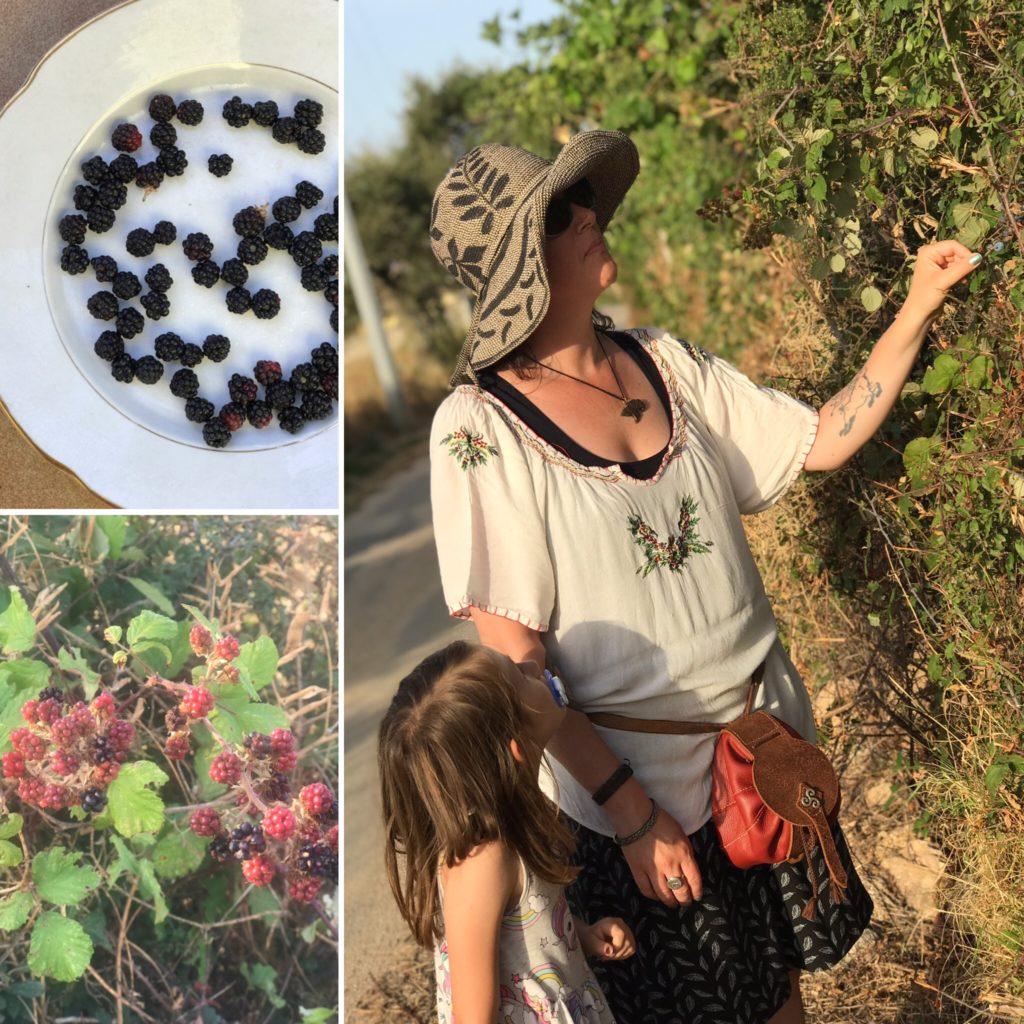
What is Lammas?
Lammas is a celebration of the first harvest of berries and grain. It’s a Northern European celebration of the “first fruits of the harvest” or the beginning of the harvest season. It is still observed in England, Ireland, and Scotland today, usually on August 1st.
One of the underlying themes is to share the abundance with the community and local and regional land spirits and Gods. What are you harvesting this summer? What gifts can you share?
Get some ideas in the 100-page guide to Lammas and enjoy folklore, rituals, activities, and recipes to complete your celebration. I’m also offering some gifts. Keep reading to learn more.
Why We Celebrate Lammas
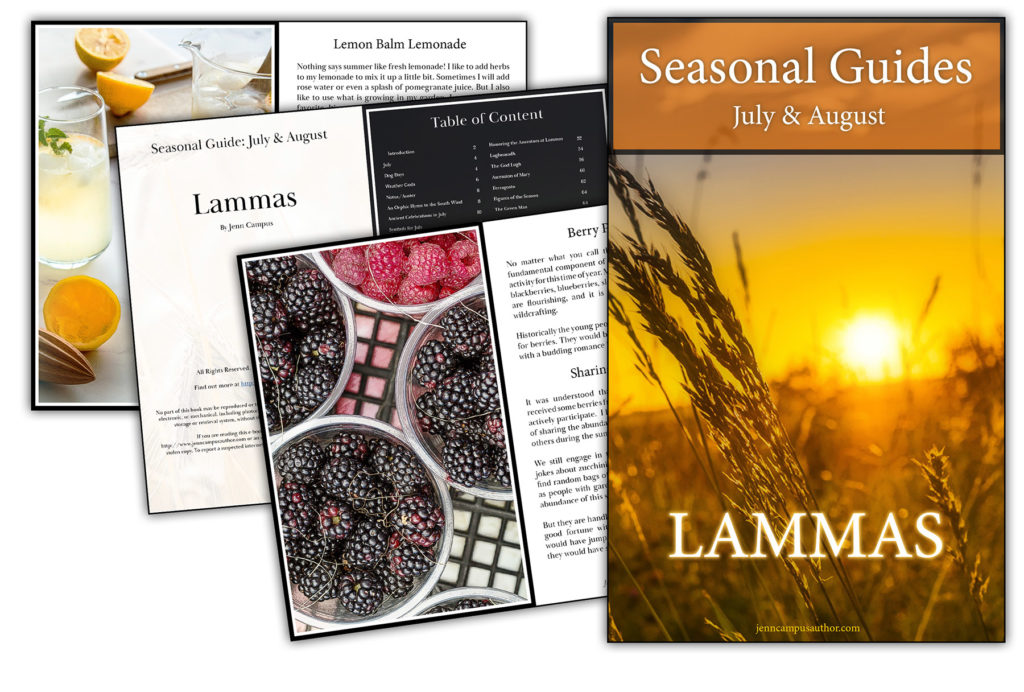
The weeks between the very end of July and the middle of August were an important celebratory time in the ancient world. These celebrations continue to this day even if they have evolved or adapted to the times. The festival is of the first harvest, usually berries or grain, and this harvest time was a genuinely joyful period for our Ancestors. It was payment for all the hours of hard work and a considerable relief after worry wondering if the harvest would be good that year.
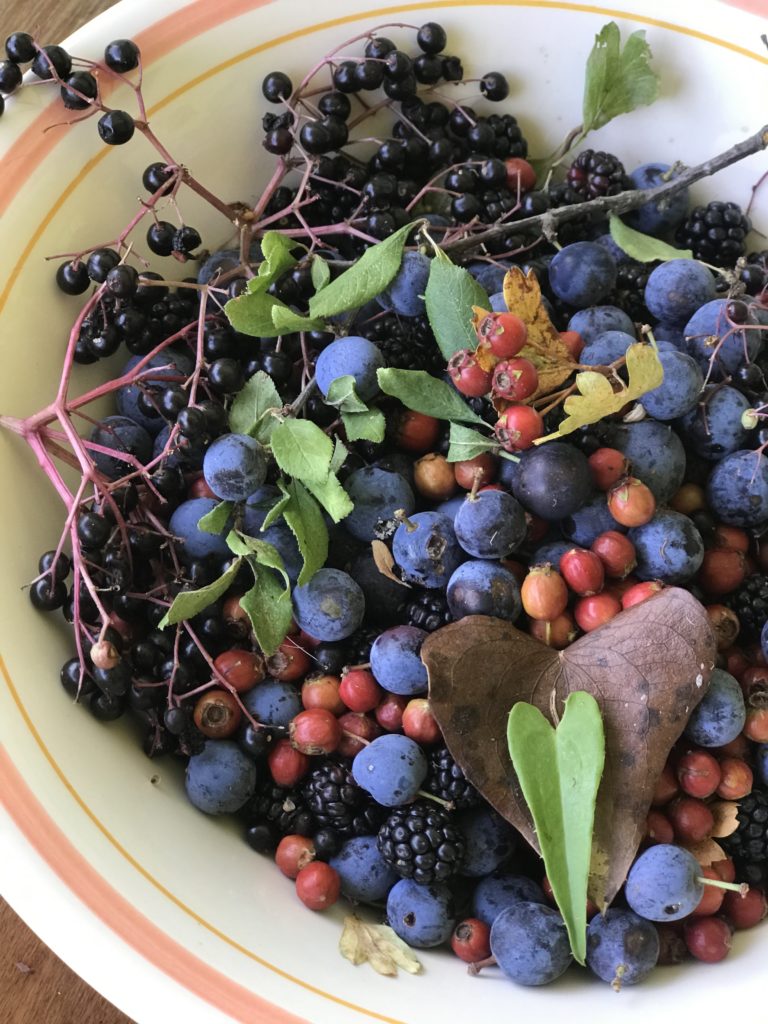
In late May and early June, agricultural rituals focused on planting. However, come late July and early August, confirmation of the harvest starts to come in, and you finally know how things will pan out. If the crop is good, you can celebrate in the knowledge that famine in your community will be unlikely come winter, provided you’ve not forgotten to give offerings to the Weather Gods (learn more about them in the Lammas Guide).
August is the perfect time to be out on the land, engage in harvesting and foraging, visit sacred sites, and attend fairs and festivals. In addition, this is the time of year when there is a huge variety of fresh and seasonal foodstuffs from which to choose.
Honoring Our Ancestors at Lammas
When our Ancestors lived hundreds and thousands of years ago, the harvesting and processing of grain was essential for life. If crops were not harvested and left in the fields, or a fire or other natural disaster destroyed the crop, famine could occur, and families could starve. It was literally life and death.
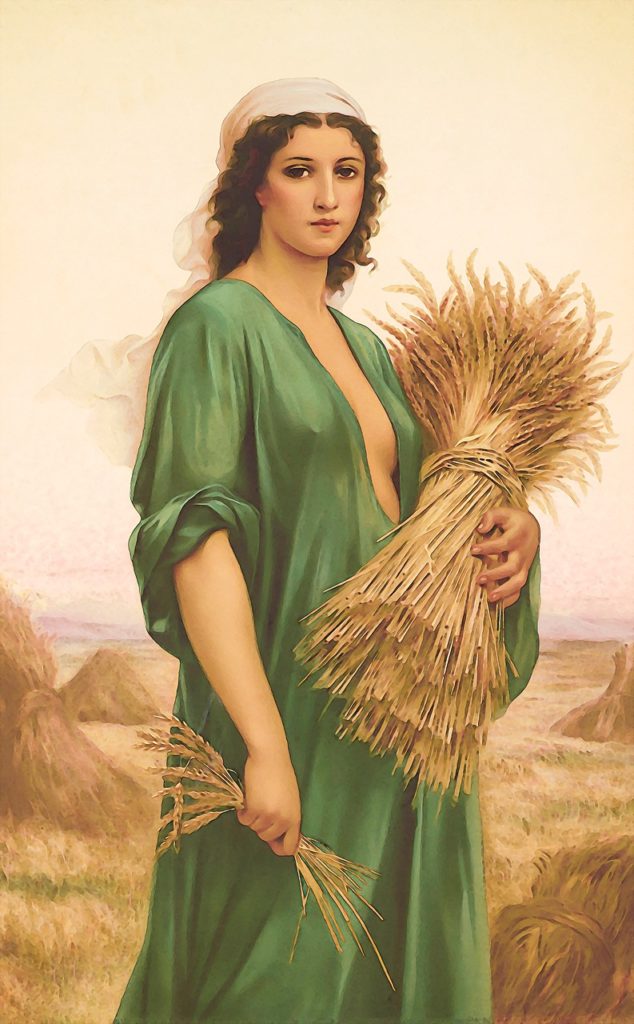
When we celebrate Lammas today, we honor our Ancestors and the hard work they endured to survive, which in turn gave us life. We can still be thankful for the food on our tables. I like to thank my food and the farmers who grew it before eating. If you know your farmers personally, take this time to thank them for the hard work they do to keep the community healthy.
In the past, Lammas was mainly a grain harvest festival; the name translated as “loaf-mass” after the Christians co-opted the celebration. The church established a ritual of blessing the fields to keep the spirit of the festivities, including the traditional harvest of berries. In modern times it is reserved for family reunions, barbecues, bonfires, and dancing.
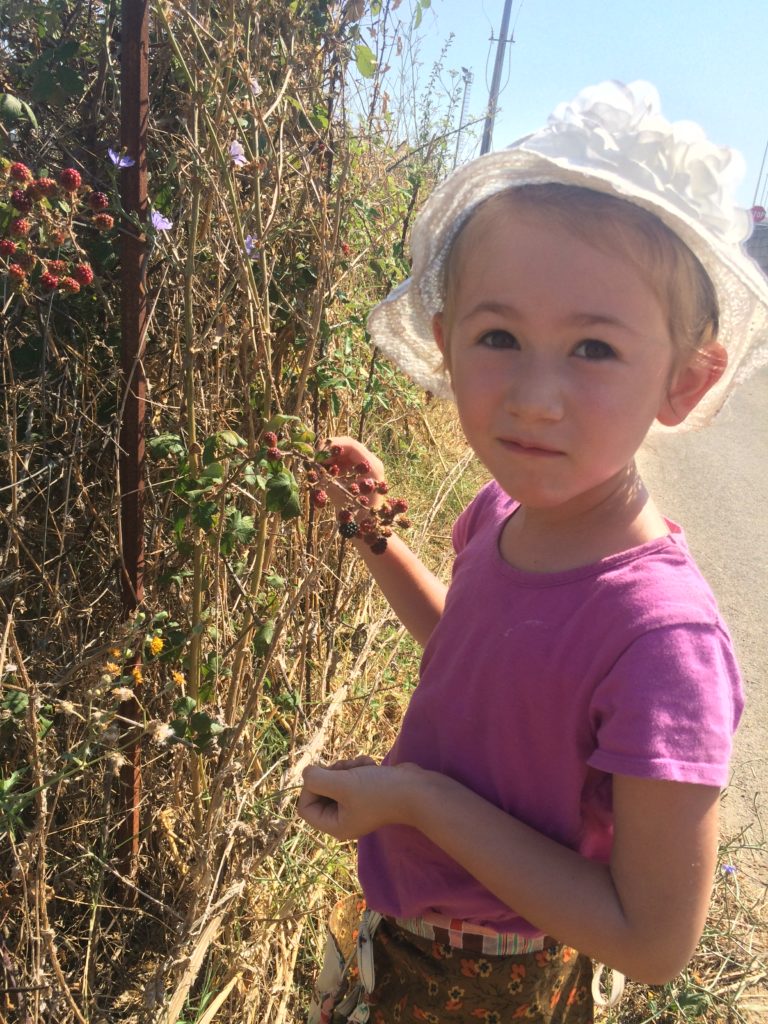
Berry Picking is a Lammas Tradition
Berry picking is a fundamental component of celebrating Lammas as it is a traditional activity for this time of year. Many wild berries like raspberries, blackberries, blueberries, sloes, rowanberries, and bilberries are flourishing, and it is the perfect time to try a little wildcrafting. Historically the young people would be encouraged to forage for berries. They would bring picnics and often come home with a budding romance in addition to the juicy warm fruit.
Sharing the Harvest
It was understood that all members of the community received some berries from the harvest, even those who didn’t actively participate. I love to focus on the community aspect of sharing the abundance of food arriving on the scene with others during the summer months.
We still engage in that mindset in modern times, where jokes about zucchini bumper crops abound, how one might find random bags of zucchini on their doorstep, or car seat, as people with gardens just don’t know how to handle the abundance of this season. But they are handling it in a traditional way, by sharing their good fortune with others.

Our not-too-distant ancestors would have jumped for joy at a zucchini bumper crop, and they would have shared it, too. Part of the unspoken rules in traditional communities is to share the harvest with others. As I write this, one of my father-in-law’s friends in the village where we live stops by every few days with a box of fresh produce – lots of zucchini and squash blossoms at the moment. Later it will be tomatoes. I also know this fellow shares his bounty with lots of folks here. Just like when we had our homestead in Vermont, we gave away so many eggs, and those without their own chickens were so appreciative.
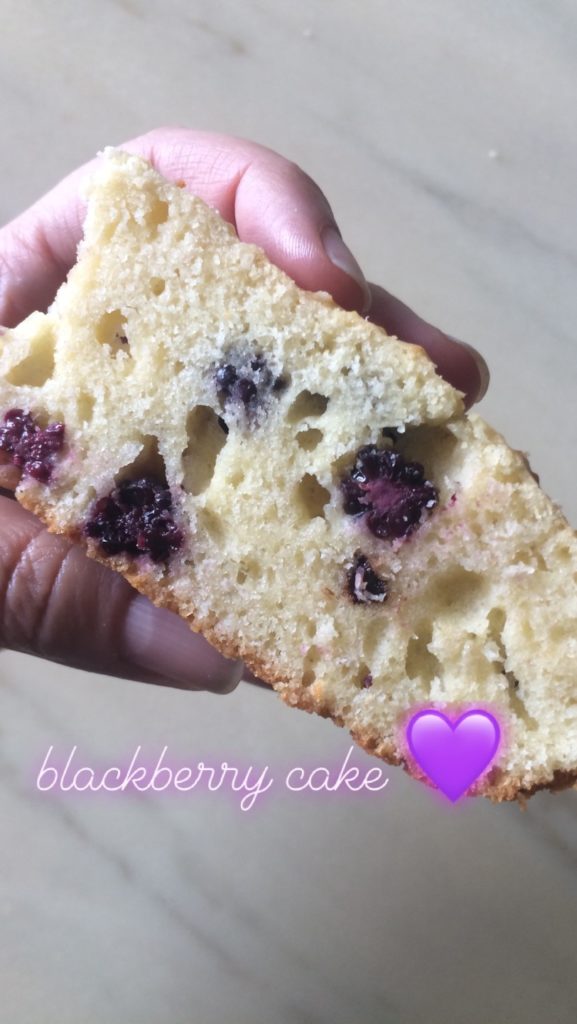
Abundant Times Call for a Giving Heart
Abundance is truly all around us right now, and I think that when we go berry picking on Lammas, I will bring some to the gentleman with the garden. Last year I baked he and his wife a fig cake because we harvested so many figs from the wild trees growing on the outskirts of the village.
Can you find a way to share your abundance or good fortune in whatever form yours manifests? It doesn’t have to be food. It could be a craft or some other skill you possess.
What Was the First Pagan Holiday You Celebrated?
Berry picking on August 1st is one of the first ancient holy tide traditions that we participated in as a family. So, it holds a special place in my heart. No matter the weather or any other circumstance, my family knows we will be out on the land picking berries this day. It’s our religion. Before my husband and I had human children, we had other kids (baby goats!), and we used to take them berry picking with us on Lammas, too.
How to Celebrate Lammas
In addition to enjoying the ripe fruits out of hand, you might choose to offer some berries to any elderly folks you might know, continuing the tradition of feeding the community. Or perhaps you could take some up to your favorite hill or mountain and offer some to the spirits of the land, maybe the Weather Gods. Finally, of course, it is also nice to provide some to your Ancestors, who may have engaged in berry picking activities during this time of year when they were earthside.
I know I was thrilled to find out a couple of years ago from my uncle that my biological grandmother was big into berry picking. It feels like a complete circle when I see how much my own daughter enjoys it, too.
After the harvest, I like to honor this time of year with a special Lammas bread using locally milled grain and berries in celebration as it combines the two main seasonal harvests, berries, and grain in one recipe.
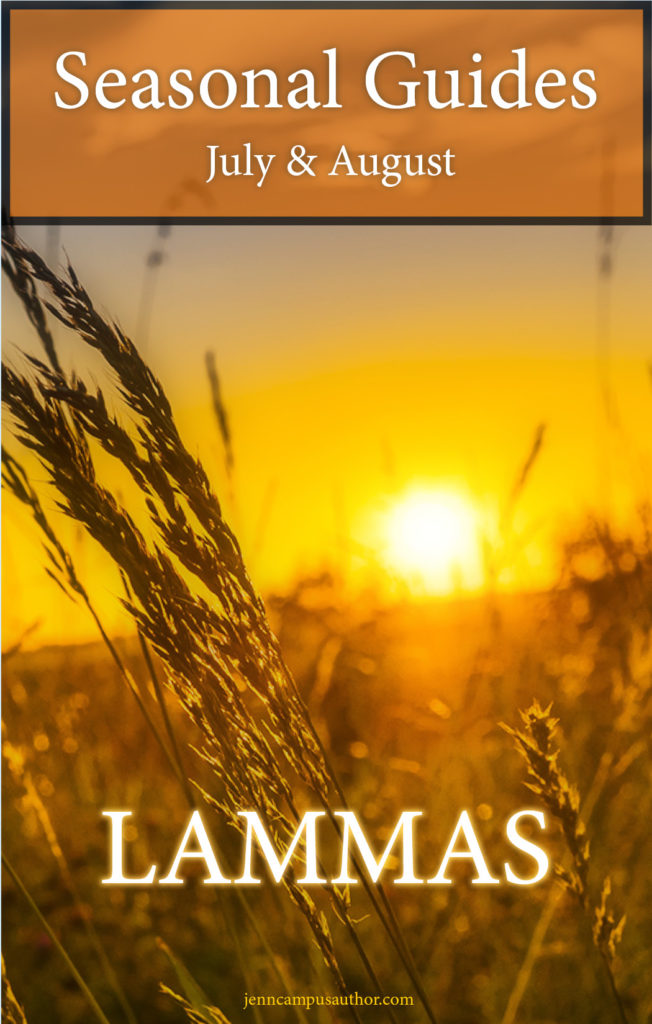
If you want more folklore, rituals, activities, and recipes to celebrate this time of year, look no further than the July/August Seasonal Guide: Lammas.
It is full of all kinds of useful information, but also includes the stories behind:
*The Dog Days of Summer
*Old Ways to Stay Cool
*Lughnasadh – The Celtic Celebration
*The Ascension of Mary
* Ferragosto
*Figures of the Season: The Green Man & John Barleycorn
*Sacred Ceremonies & Traditional Crafts
*NINE Seasonal Recipes!
If you want to get ALL access to 12-months of Seasonal Guides, including hundreds of pages of folklore, rituals, activities, and seasonal recipes, become a member on Patreon! You will have access to ALL the guides and ALL Sacred Foods booklets (Artichoke Magic, Strawberry Magic, Honey Magic, and Rose Magic) to date.
This opportunity will last until September 1, 2021.
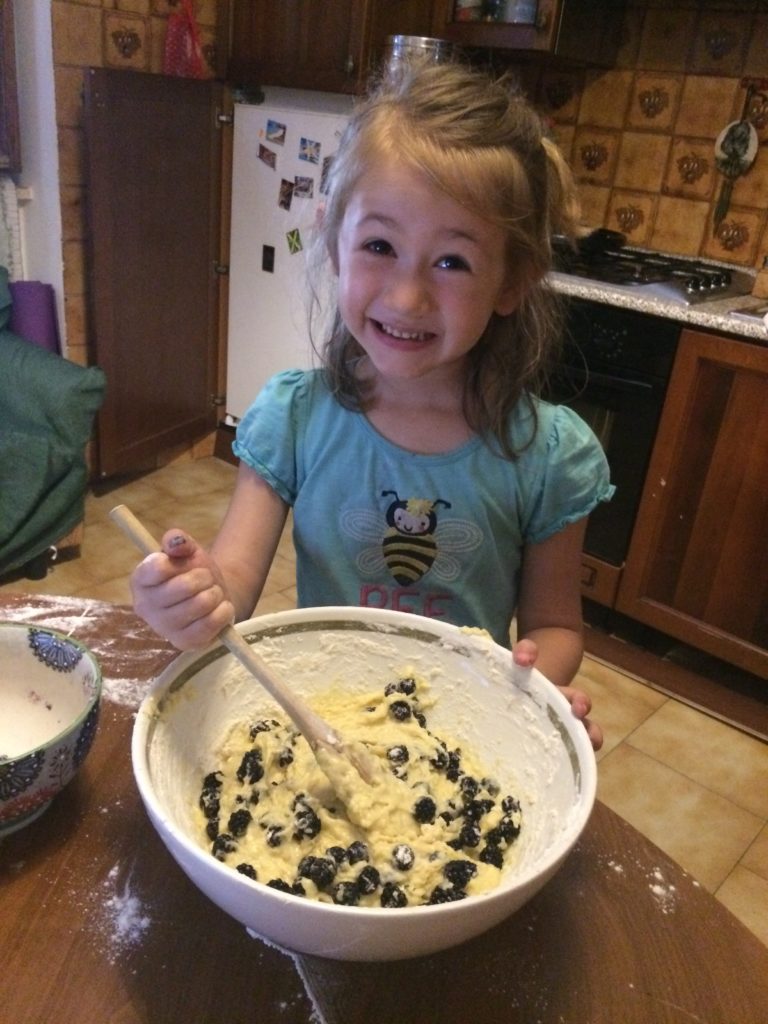
Semolina Lammas Berry Bread
I like to celebrate Lammas by bringing the two meanings of the festival together for this holiday and make a blueberry (berry) sweet breakfast bread (grain) to celebrate. As with most celebrations, even if it is celebrated one day, there are preparations to be made in the week or so leading up to it.
I share two recipes in the guide, but this one is inspired by the fresh, local grain in Sardinia, Semolina.

Recipe: Semolina Lammas Berry Bread
Ingredients:
1 1/2 cup fine semolina
3/4 cup cane sugar
2 teaspoon baking powder
1 cup plain Greek yogurt
¼ cup olive oil
Zest of one lemon
1 teaspoon vanilla extract
2 cup mixed fresh berries of choice, plus extra to serve (see recipe tips)
1/3 cup flaked almonds
Confectioner’s sugar to serve
Method:
Preheat oven to 350 F. Lightly grease or line an 8-inch round cake pan. In a large bowl, combine semolina, sugar, and baking powder. Then stir in the yogurt, oil, lemon zest, and vanilla. Next, fold berries lightly through the mixture. Spoon into the pan and smooth the surface. Press almonds lightly onto the top.
Bake for 45-50 minutes until a fork or skewer inserted into the center of the cake comes away clean. Allow the cake to rest for 10 minutes before inverting onto a wire rack to cool completely. To serve, top with extra berries and dust with the confectioner’s sugar.





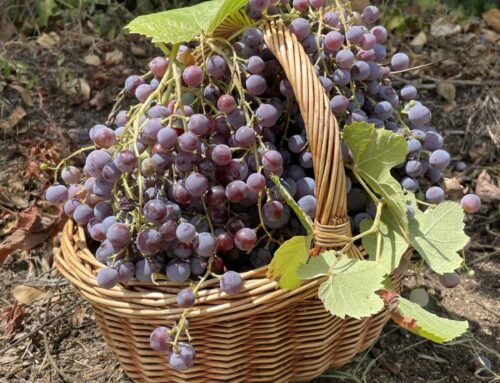

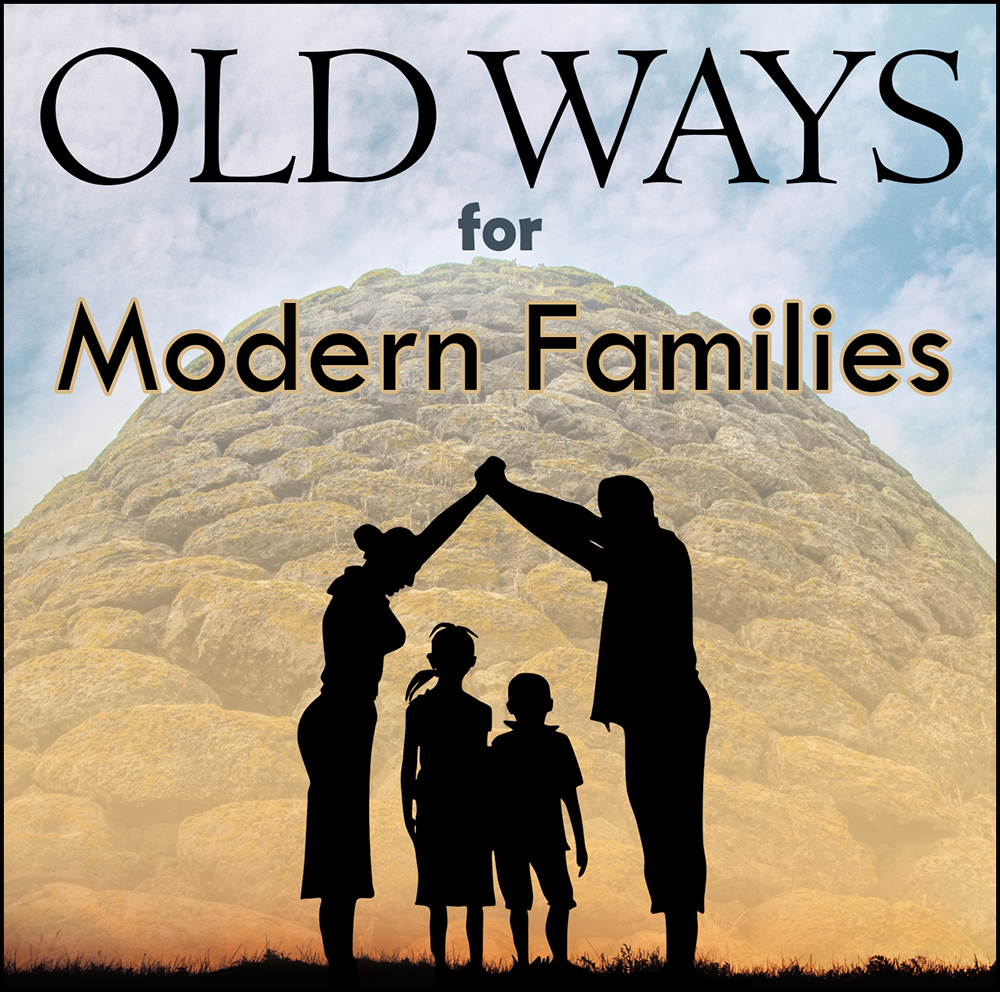
Leave a Reply